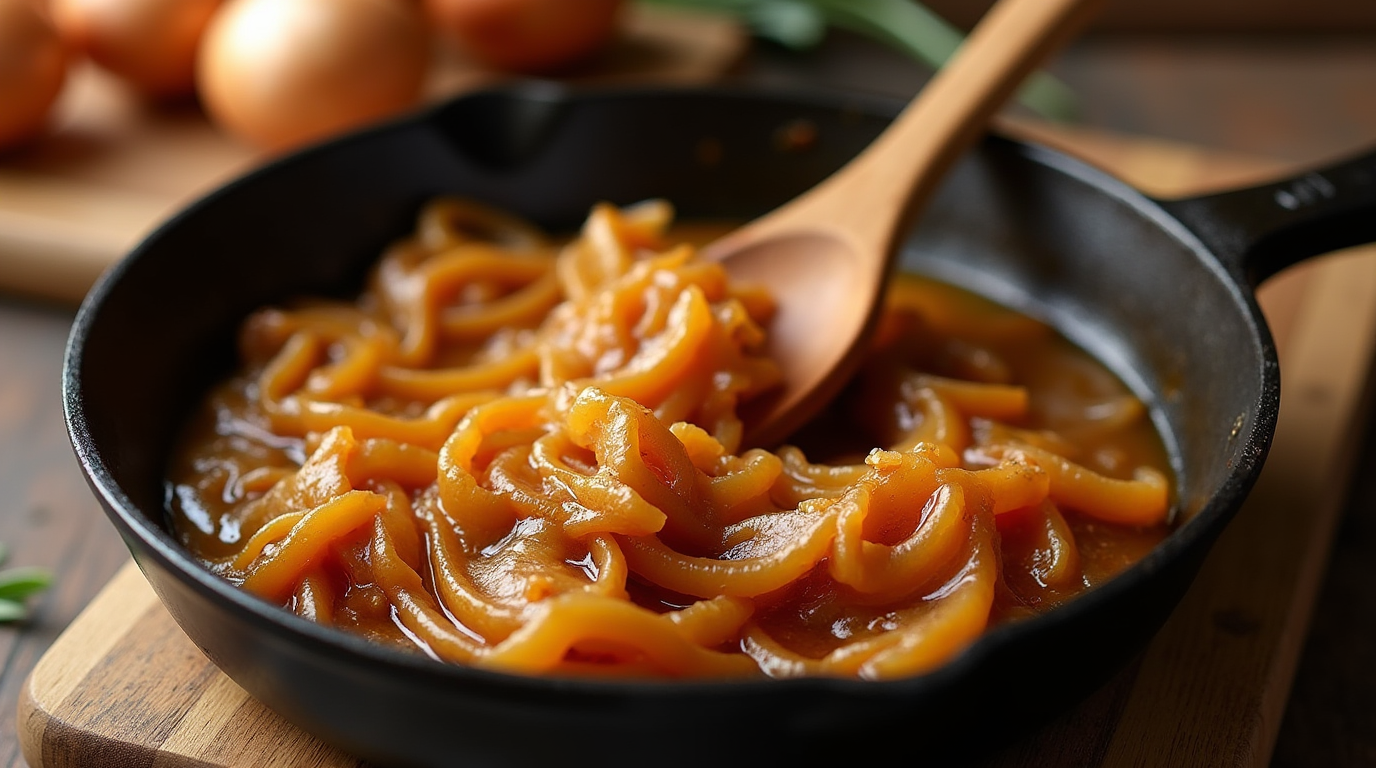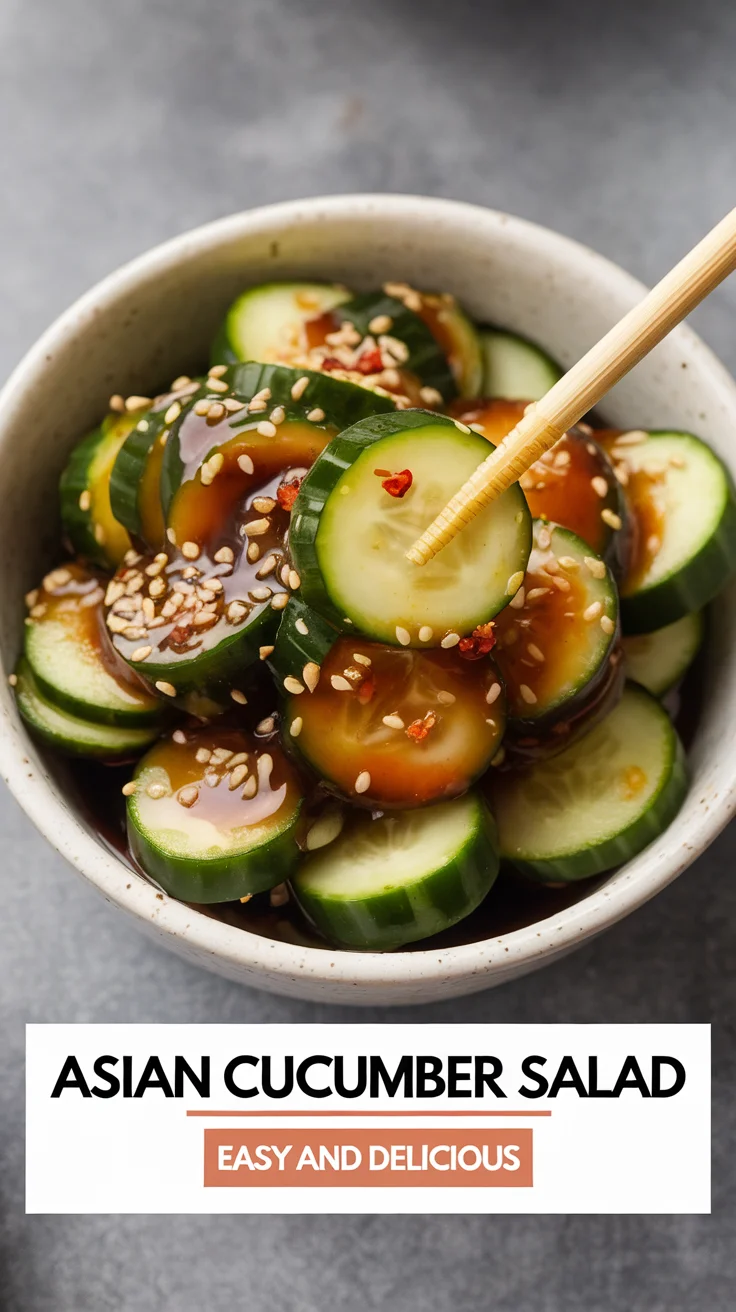Hot Italian Sub Sliders: The Ultimate Party Appetizer Caramelized onions are a rich, sweet, and deeply flavorful addition to any dish. Whether you’re adding them to burgers, sandwiches, pasta, or using them as a topping for pizza, caramelized onions elevate the taste of any meal. Although they require patience, the reward is a deeply savory and slightly sweet delicacy that enhances a variety of dishes.
In this comprehensive guide, we’ll explore the best caramelized onions recipe, the science behind caramelization, different onion types, and the best cooking techniques to ensure you get the perfect golden-brown onions every time.
Why Caramelized Onions Are So Delicious
Caramelization is a slow-cooking process that breaks down the natural sugars in onions, resulting in a sweet and umami-packed flavor. Unlike sautéed onions, which retain a sharper bite, caramelized onions become soft, jam-like, and full of complex flavors. They are a staple in many cuisines and can be used in a variety of dishes, from classic French onion soup to gourmet sandwiches.

Ingredients for Caramelized Onions Recipe
To make perfect caramelized onions, you need just a few basic ingredients:
Essential Ingredients:
- 4 large onions (yellow, red, or a mix)
- 3 tablespoons unsalted butter (or olive oil for a vegan version)
- 1 teaspoon salt (to draw out moisture)
- 1 teaspoon sugar (optional, but enhances sweetness)
- ¼ cup water or broth (helps prevent burning)
- 1 tablespoon balsamic vinegar (optional, adds depth of flavor)
- Fresh thyme or rosemary (optional, for aromatic enhancement)
Choosing the Best Onions for Caramelization
Not all onions are created equal. Depending on the variety, caramelized onions can take on different flavor profiles:
- Yellow Onions: Best for traditional caramelization; balanced sweetness and depth.
- Red Onions: Slightly more bitter but provide a beautiful deep color.
- White Onions: Milder in flavor, but still caramelize well.
- Sweet Onions (Vidalia, Walla Walla, Maui): Naturally sweeter and perfect for a deeper, jam-like consistency.
For the best flavor, use a mix of yellow and sweet onions to balance the caramelization process.

Step-by-Step Guide: How to Caramelize Onions
Step 1: Prepare the Onions
- Peel the onions and cut them in half.
- Slice them thinly and evenly (about ¼-inch thick). Uniform slices ensure even cooking.
Step 2: Heat the Pan
- Use a wide, heavy-bottomed skillet (cast iron or stainless steel is best).
- Heat butter or oil over medium-low heat.
Step 3: Start Cooking
- Add sliced onions to the pan and stir to coat them in fat.
- Cook over low to medium-low heat, stirring occasionally.
- Sprinkle with salt to help draw out moisture.
Step 4: Slow and Steady Cooking
- Continue stirring every 5-7 minutes.
- If onions stick or dry out, add a splash of water or broth.
- After 30-40 minutes, onions will turn deep brown and develop a soft texture.
- Stir in sugar or balsamic vinegar for extra depth.
Step 5: Deglazing the Pan
- As onions cook, fond (brown bits) form at the bottom.
- Add a splash of water, wine, or vinegar to loosen and incorporate that deep flavor.
Step 6: Serve or Store
- Use immediately or let them cool and store in an airtight container in the refrigerator for up to a week.
- Freeze in portions for longer storage.

Pro Tips for Perfect Caramelized Onions
- Use the right pan – A stainless steel or cast iron pan works best for even heat distribution.
- Patience is key – Rushing the process leads to sautéed, not caramelized, onions.
- Low and slow wins the race – Keeping the heat low ensures proper caramelization without burning.
- Deglazing adds depth – A splash of wine, vinegar, or broth enhances flavor.
- Make a big batch – Caramelized onions store well and can be used throughout the week.
Creative Ways to Use Caramelized Onions
1. Gourmet Burgers and Sandwiches
- Adds a sweet and savory flavor to beef, veggie, or turkey burgers.
- Pairs perfectly with grilled cheese sandwiches.
2. Pizza Toppings
- Try a caramelized onion and goat cheese pizza for a unique twist.
3. Pasta and Risotto
- Stir into creamy pasta dishes like fettuccine alfredo or mix with risotto.
4. French Onion Soup
- Essential for the classic French onion soup, rich and full of umami.
5. Veggie Dishes
- Pairs wonderfully with roasted vegetables, mashed potatoes, and grain bowls.
6. Breakfast Upgrades
- Mix into scrambled eggs, omelets, or avocado toast.
7. Side Dishes
- Serve with steak, grilled chicken, or tofu for extra flavor.
Frequently Asked Questions
1. Can I speed up caramelization?
Adding a pinch of baking soda can accelerate browning, but be careful not to overdo it.
2. How long do caramelized onions last?
Stored in an airtight container, they last up to a week in the fridge or 3 months in the freezer.
3. Can I make caramelized onions without butter?
Yes! Use olive oil or coconut oil for a dairy-free version.
4. Can I use red onions for caramelization?
Absolutely! Red onions caramelize well but have a slightly more bitter taste than yellow onions.
5. What if my onions burn?
If onions start to burn, lower the heat and add a splash of water or broth to recover them.
Final Thoughts
Caramelized onions are an essential ingredient for elevating everyday dishes with their deep, sweet, and umami-packed flavor. Whether you use them for burgers, pizzas, pasta, or dips, mastering this simple but transformative cooking technique will make you a better home chef.
Now that you know how to make the best caramelized onions recipe, go ahead and give it a try! Let us know how you use them in your favorite dishes. 🍽️✨


